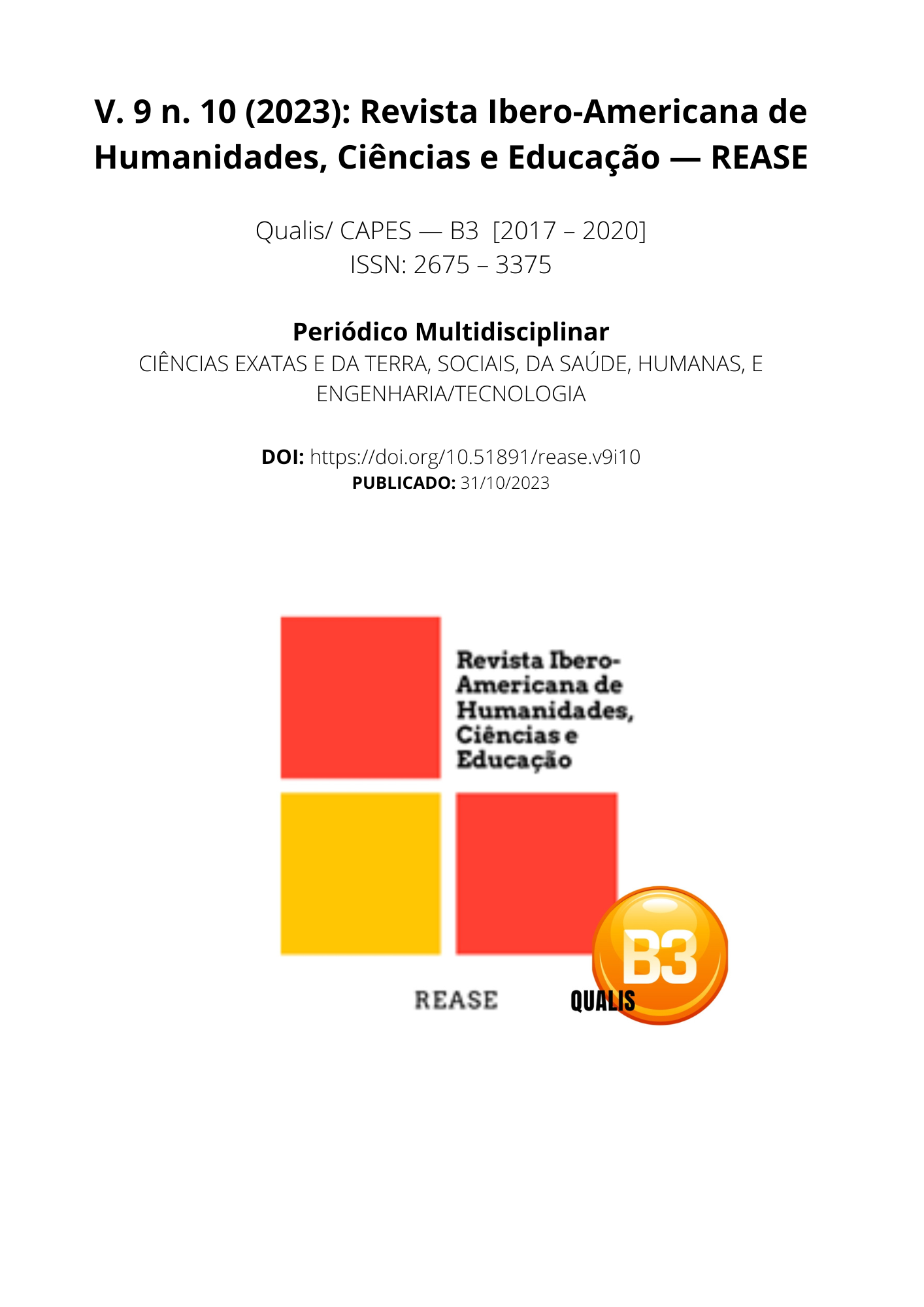CONTROL OF THE WORK SCHEDULE USING A 4D BIM MODEL
DOI:
https://doi.org/10.51891/rease.v9i10.11586Keywords:
Building Information Modelling. 4D Dimension. Execution of works. Softwares.Abstract
In a primarily digital era, the civil construction sector could not survive without aiming for new tools, and among this evolution, it was necessary to find a new way of carrying out projects and planning the execution of works, thus arising the Building Information Modelling (BIM) associated to Work Planning and Control (PCO). Through these technologies, it is possible to analyze and control construction times, as there is an integration of the multidisciplinary professionals involved, who use schedules to coordinate and plan all activities established in the project and in the construction process of the work, until its completion. In the meantime, designers can quickly and satisfactorily solve any problem related to construction, obtaining important advantages, including time reduction, detection of unforeseen events or execution errors that could compromise construction. In the market it is possible to find numerous software that allow this monitoring to be carried out, regardless of which one will be used. Focusing on this importance, the work will aim to discuss the main elements of the fourth dimension of BIM 4D, presenting its concept, its applicability in planning through the 4D dimension, as well as the uses and benefits presented by this tool.
Downloads
Downloads
Published
How to Cite
Issue
Section
Categories
License
Atribuição CC BY

